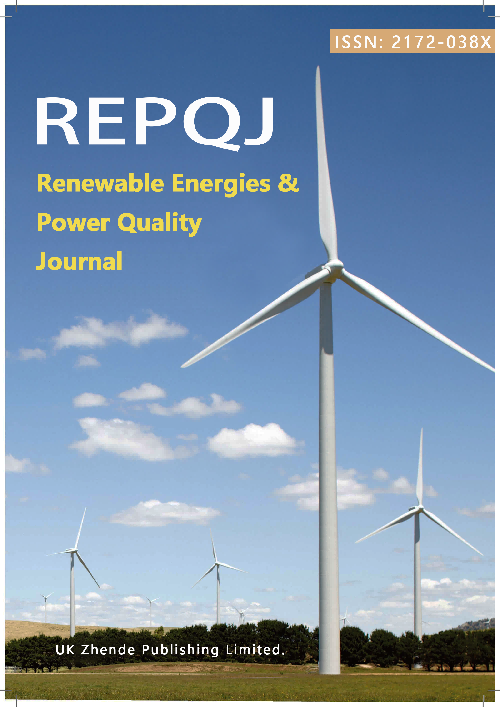Development of a Prototype to Maximize Renewable Energy Integration applying Experimental Studies on DLR
DOI:
https://doi.org/10.52152/4520Keywords:
HTLS, ACSR, Renewable-Energy Integration, Ampacity, Overhead Lines, Dynamic Line RatingAbstract
The continuous rise in global energy demand has necessitated the adaptation of conventional power systems to meet increasing consumption requirements and to enhance energy transmission capabilities. The transition from a centralized energy model to one based on renewable sources requires a shift from traditionally linear and radial transmission infrastructures to decentralized networks that integrate diverse renewable generation sources.
To ensure optimal performance and reliability in this new paradigm, it is essential to implement more advanced and precise strategies for the control and management of power grid operations. In this context, improving transmission networks becomes a critical factor, as they often represent bottlenecks in the modernization and decarbonization ofthe energy system.
This project aims to contribute to the optimization of transmission lines, with the objective of maximizing the integration of energy generated by decentralized renewable sources. To this end, a real prototype has been developed to analyze the thermal and electrical behavior of power conductors in real operating conditions. The experimental setup is designed to support the assessment of dynamic line rating (DLR) strategies applied to both conventional and high-temperature low-sag (HTLS) conductors, enabling amore efficient use of existing transmission infrastructure and facilitating the transition towards a more sustainable andresilient energy system.
Downloads
Published
Issue
Section
License
Copyright (c) 2025 L. Vejo, P. Castro, M. Manana, A. Arroyo, S. Bustamante, S. Bustamante, A. Laso, E. Sainz, R. Lecuna (Author)

This work is licensed under a Creative Commons Attribution 4.0 International License.











